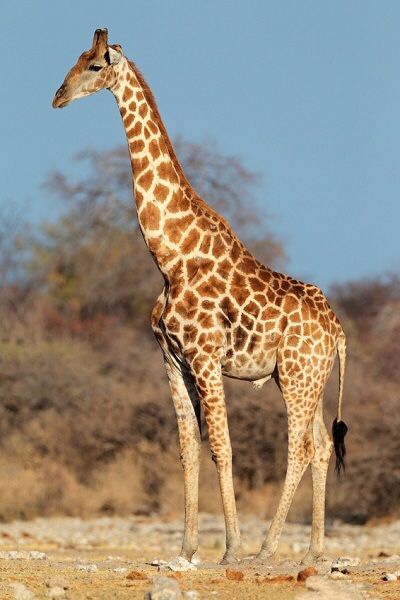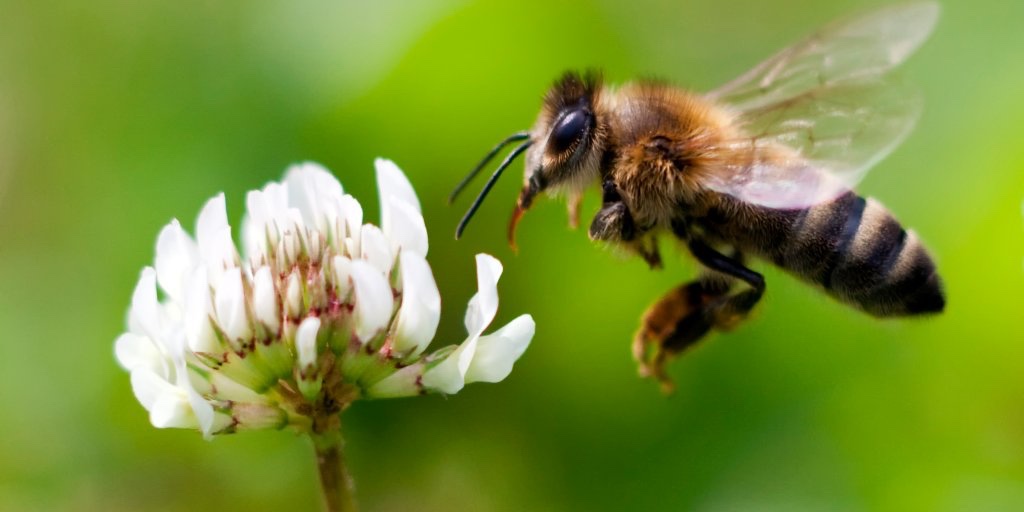I told my wife recently that we were going on a trek, an outing.
We did. We hiked out the back door to the edge of the patio concrete, right to where the grass begins, our few square feet of prairie, the very edge of safety, right at that line where civilization ends and wilderness begins and there we sat down on patio furniture.
Just beyond us stood several small trees, orange jubilees. I planted those last year. This is our forest. And nestled in the corner is our lake, a pond about three feet across and eighteen inches deep, with a solar water pump and water feature jostling some duck weed and water lilies. Monet had nothing on us.
And so we sat out back and waited. I knew if we kept our eyes open we might see stuff, maybe something from the order Rodentia, perhaps a capybara, the worlds largest rodent, 100 pounds of flat nosed, wiry haired, webbed foot cuteness.
We didn’t see a Capy, but we saw a chthonic cousin of Capy. Sitting on our lawn furniture, we saw a small black rat, Rattus rattus, scamper up the fence. My wife hates rats. I suggested that maybe the neighbor’s dogs would get it. That pleased her.
But on other recent backyard outings we have also seen some un-ratty lovelies, some yellow and black Anise swallowtail butterflies, orange and white gulf fritillaries, black and orange Monarchs, red dragonflies, tan doves, olive kingbirds, grey and white mockingbirds, a house sparrow with a black bib, a brown towhee and a rufous hummingbird.
Florence Wilson in her new book The Nature Fix writes, “Thanks to a confluence of demographics and technology, we’ve pivoted further away from nature than any generation before us. Science is now bearing out what the Romantics knew to be true.” We need to be outside. We need a connection with nature. We need to see living things inhabiting shared spaces. It helps fix us. It makes us happier.
But I find myself not wanting to romanticize nature too much; it brings what it brings and it isn’t always what we want.
We all have our scary things, our bête noires. At our home we have black widows living in the low stucco screed on the north side of our house. Sometimes they migrate to the lawn furniture. Messy webs where we lounge — yikes! I confess, I have gotten out the can.
My daughter texted me the other day that there was a huge, execrable tarantula hanging out by her back door. She was horrified. She called her husband. They spoke of death in a can. I lobbied for the positive medical possibilities currently being researched regarding tarantula venom. It fell on deaf ears. The gigantesque, we generally like it — think dinosaurs, mountains, redwoods, portions of ice cream — and then most of us don’t, at least not in spiders.
There are other things. Two years ago the fire department, when called upon, fetched a diamondback rattlesnake out of our back yard.
Such is life, snakes and rats, doves and butterflies. We have our biases, but it occurs to me that perhaps the snakes keep the rat population down. And yet I still don’t want to find neither in my backyard.
Lately, I’ve suffered some extreme chronic pain. Rats! Spiders. Snakes. I’ve journeyed to the backyard of my own soul, and I haven’t always liked what I found there — fear, anxiety, anger and tears hiding under my mental lawn furniture. I don’t like it, and I don’t like the drugs that make me stupid headed.
Life is such a mixed bag of goods, much like nature. Here in our home, in our bit of civilization and wilderness, we have experienced the most joyous things in the world, raising two beautiful daughters, and some of the most difficult things in the world, pain, anxiety, depression and loss.
Recently, I often haven’t been able to get out of bed all day because of the severity of my pain. But one evening — getting an hour when the pain let up — I dragged my telescope out into the yard and picked up some beautiful views of Jupiter with its tan cloud bands and its four Galilean moons lined up near it, and also Saturn with its lovely golden ring. Ahhh! It did fix something in me.
Our crazy journeys. Some thinkers want to make philosophical or theological systems out of the good and bad, out of the polarities, the rats and doves, the antitheticals, pain and pleasure, perhaps an aesthetic, a morality, perhaps a life lesson, a pattern of order and disorder.
Currently I don’t. I don’t try to systematized life. I don’t make sense out of the paradoxes. I love the moments of beauty. This morning we did some FaceTiming with my daughter and son-in-law as they opened a box of gifts, beautiful hand-crafted little dresses, rompers, hats and tiny shoes my wife crafted for their little baby girl.
And I grieve the moments of isolation and pain, face down on the bed in my room, shut off by mind-numbing pain from friends and family, unable to take in the wonders of our world, lost in a wilderness I journeyed into unaware of what I might find there — or not.
What to do? I’ll leave it to God with no offense for what has been seen along the way, and no offense for what was not seen, and grateful for the occasional lovelies that flew within range of sight and the moments to enjoy them.
I just finished James Mathiesen’s book Snow Leopard. He trekked deep in to the Himalayas to see the beautiful snow leopard. He didn’t — see it. But the elusive cats probably saw him. He left concluding that some things are best not seen.
We trek. We look. We see. We don’t. We’re watched over by God. It’s life, it’s beautiful, and not so much sometimes, all in the same journey.














